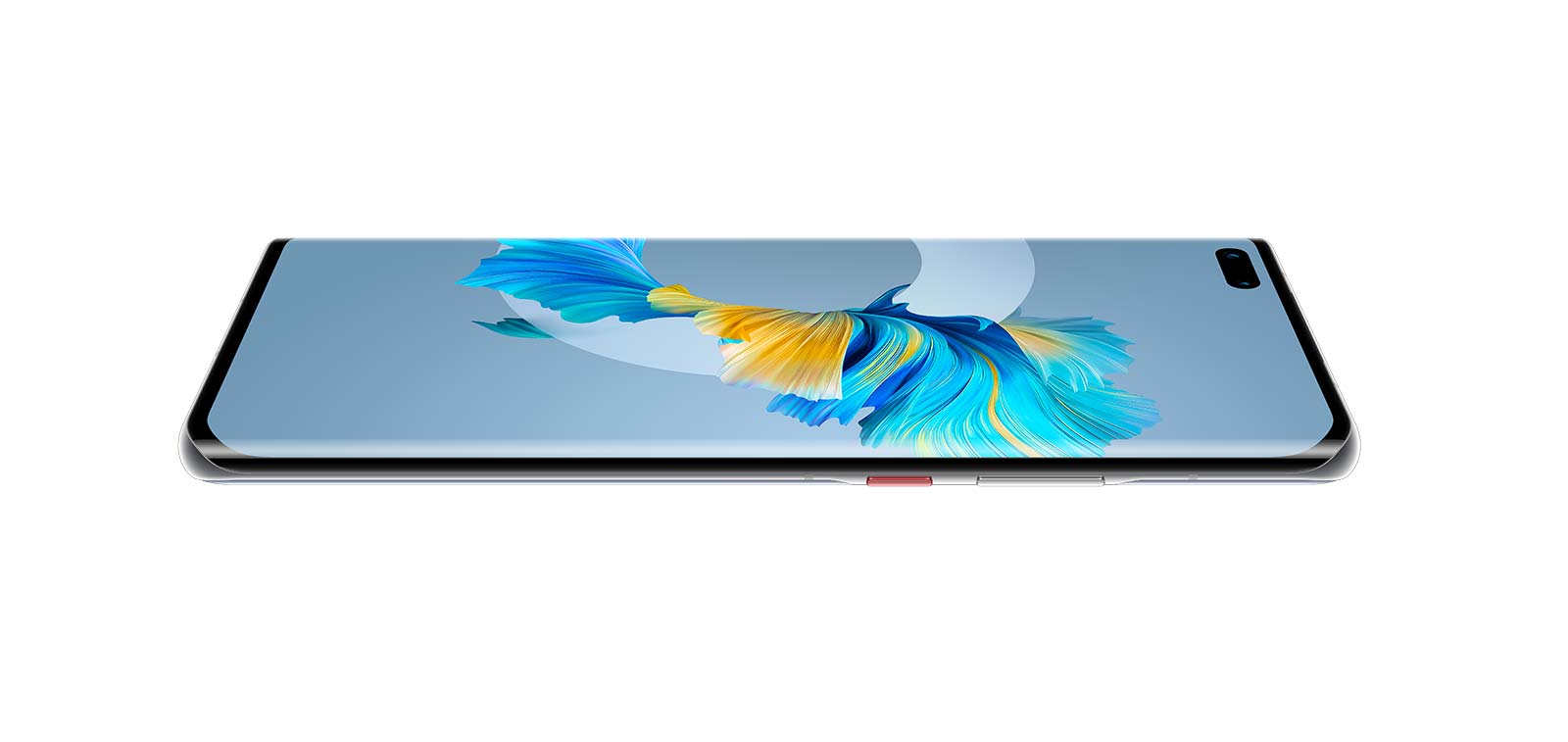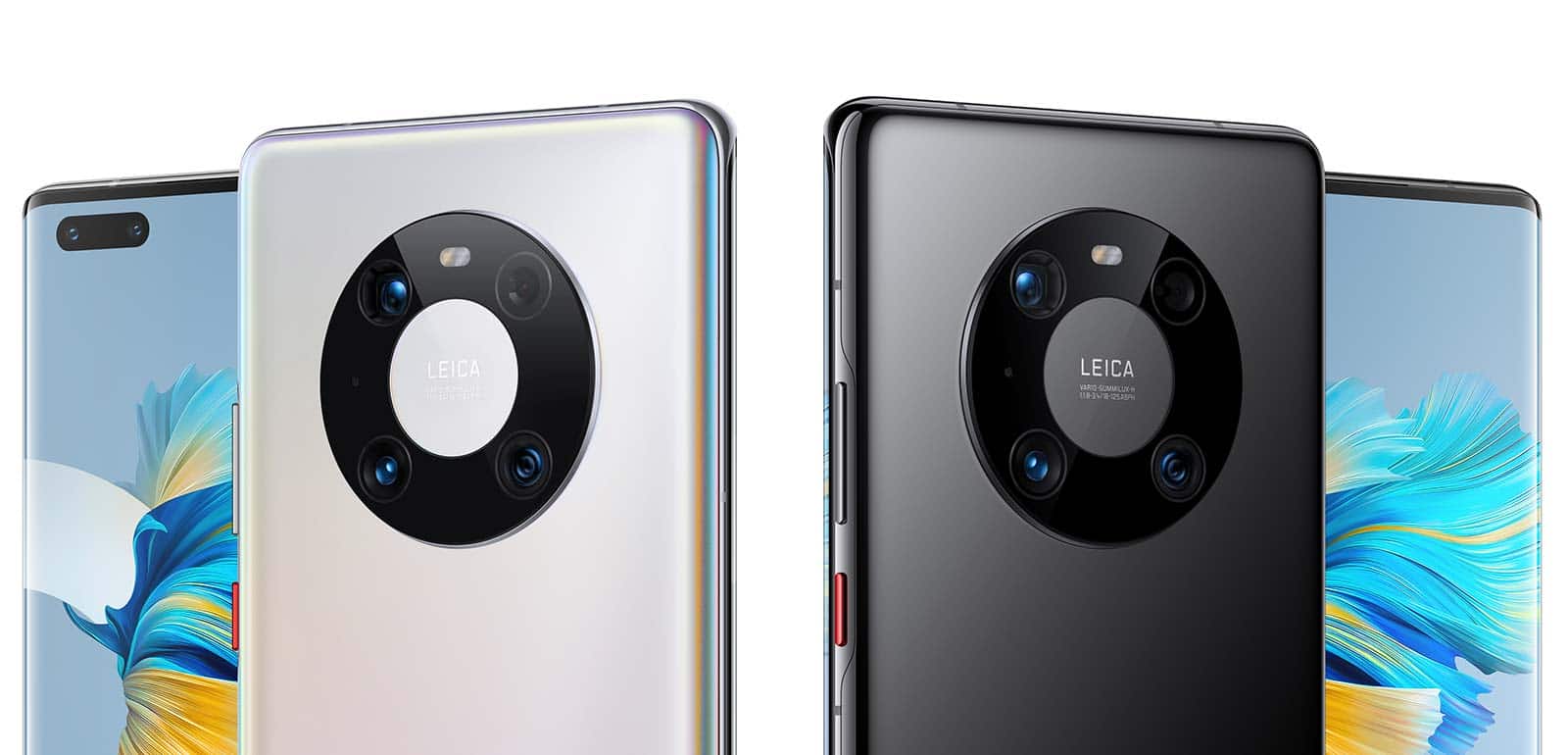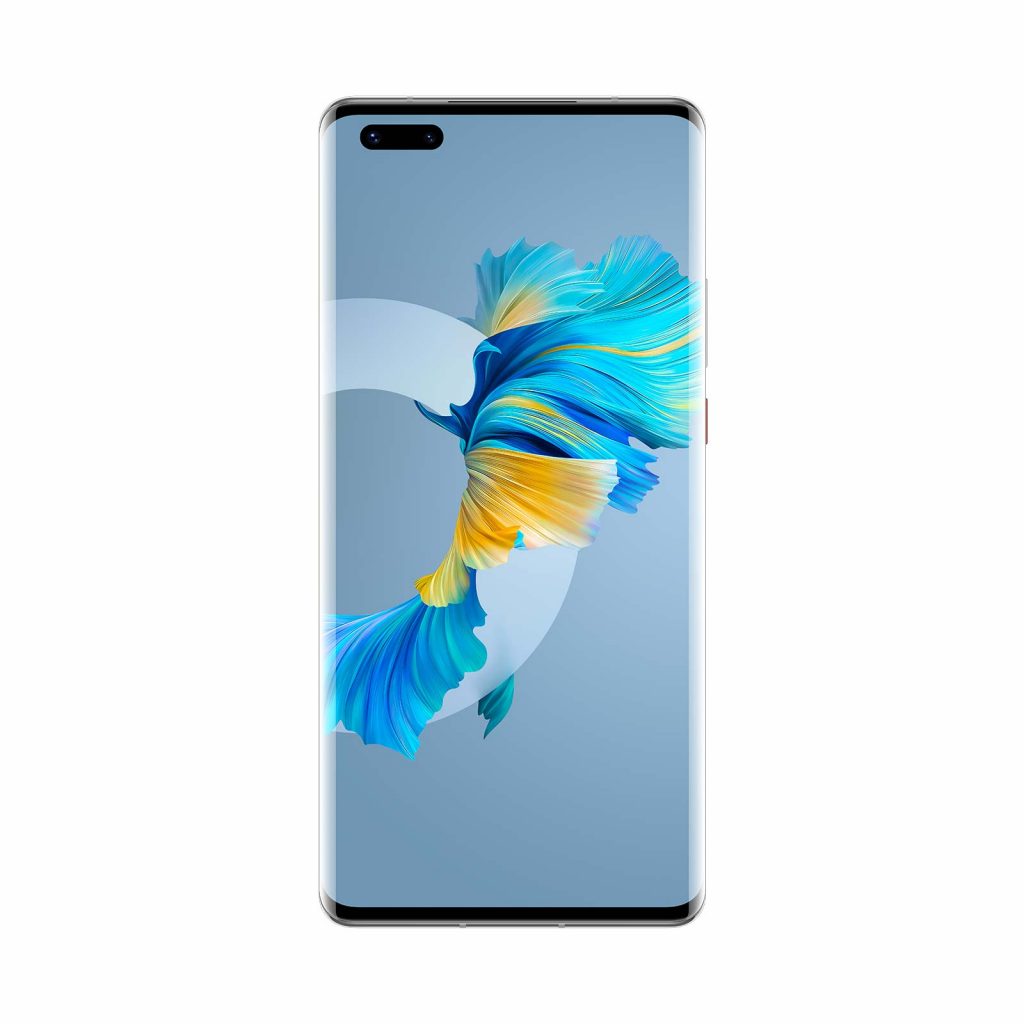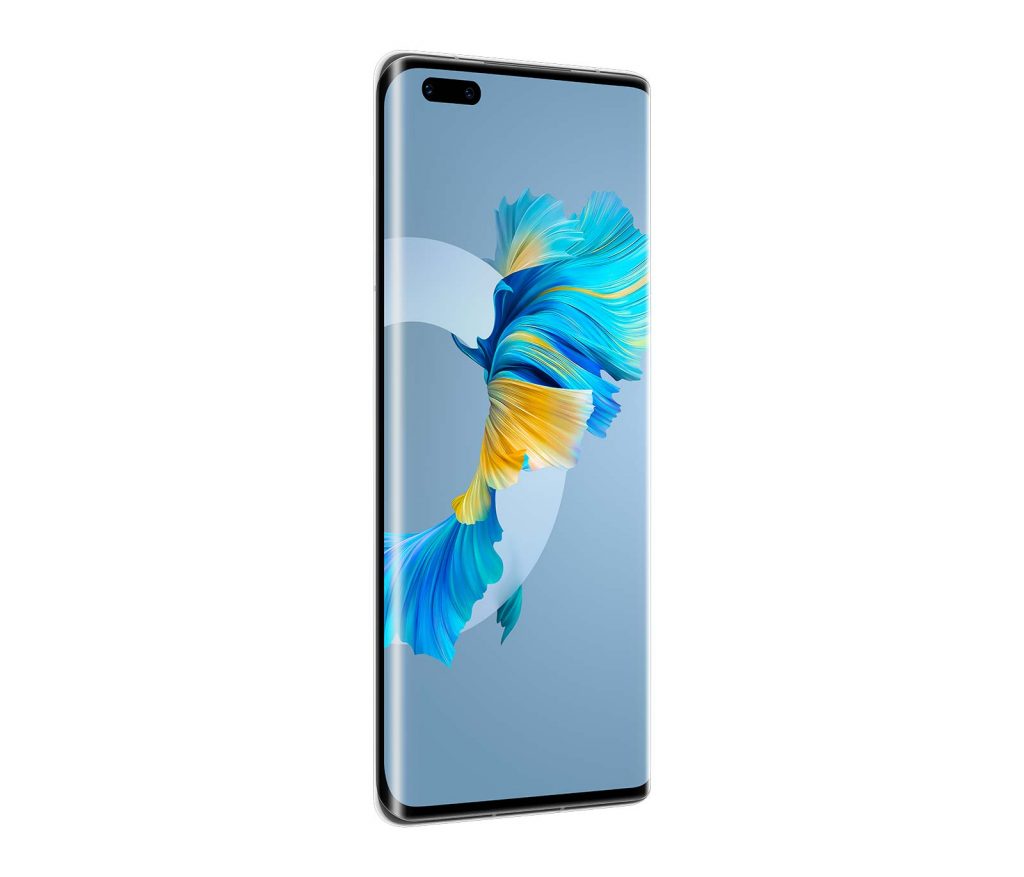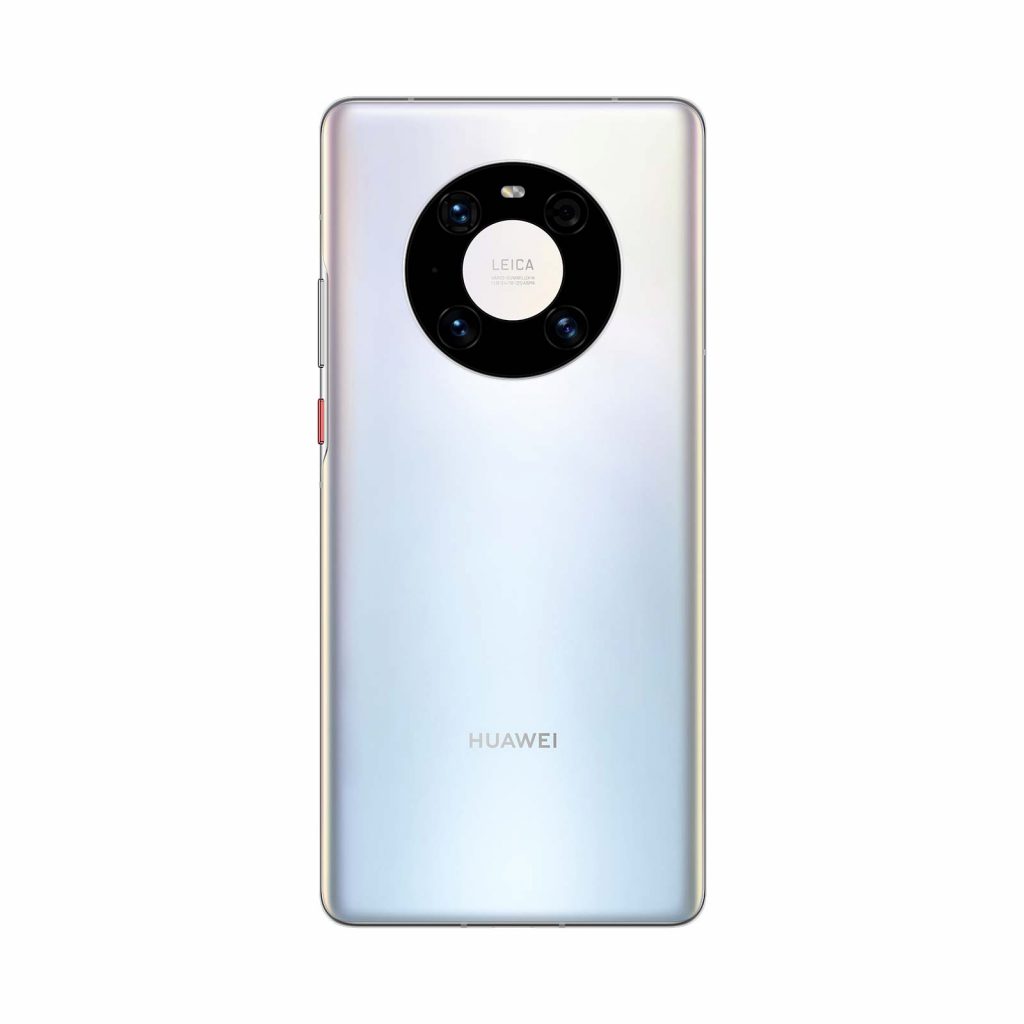Huawei’s focus on the development of the camera continues, and with its latest Leica collaboration, the tech has improved once more. It’s still a shame Google and Huawei aren’t playing nicely.
Just because Google and Huawei aren’t playing nicely together right now, something you can thank the current US presidency for, doesn’t mean that Huawei is putting its phone plans on hold.
While 2019 proved to be a bit of a stalling point for Huawei, as its phones were prevented from playing nicely with the Google Play Store ecosystem, the company is pushing ahead, albeit without the ease of use a link to the Google app store couple provide.
In the time since the trade embargo put a halt on the Google app link, we saw two phones arrive, with the Mate 30 Pro and the P40 Pro. And now we’re taking one more step forward with a third, as Huawei improves its camera system once more, all the while seeking to capitalise on the efforts it has with its own app store, too.
That’s coming in yet another couple of models, part of the Huawei Mate 40 Pro range, arriving in the Mate 40 and Mate 40 Pro+, phones that look to expand on what Huawei launched in the Mate 30, with improvements to the processing technology and cameras, while retaining the look and feel of last time and 5G.
The Mate 40 Pro is the model Australians can expect to find, sporting Huawei’s Kirin 9000 chip made from a 5 nanometer process, similar to what Apple has used on its A14 Bionic in the new iPhone models. The chips are different entirely, but are both built on a smaller process than many other chips, with the Huawei Kirin 9000 featuring a 24-core GPU, three cores for AI, and eight cores for the processor itself.
That’ll sit behind a 6.76 inch OLED display running at 90Hz, and like the previous Mate 30 Pro, will take up most of the front, except for a couple of cameras at the front, taking a spot out of the top left corner. At the front, the cameras include a 13 megapixel wide angle camera plus a depth sensor to deal with portrait images better, though it’s nothing compared to what’s on the back.
With Huawei changing the game for previous phone cameras, the Mate 40 Pro looks to retain the special design, collaborating with Leica for yet another camera system. In the Mate 40 Pro, you’ll find a 50 megapixel wide angle camera with F1.9 using a new sensor based on the red-yellow-yellow-blue design introduced in the P30 Pro, a 20 megapixel ultra-wide video-focused camera set to F1.8, and a 12 megapixel telephoto camera set to F3.4. Granted, it’s a little different from quad camera setup we saw in Huawei’s P40 Pro earlier in the year, but still looks to impress, offering near 100 megapixels across all four of the cameras on the phone.
One thing you won’t get is the official Google Play Store, as that will still be missing in action. However Huawei is hoping folks won’t care, with its own services rolling out, including a Huawei map app “Petal Maps”, a document app named “Huawei Docs”, plus a way to get apps and files through Huawei’s “Petal Search” search engine, which may be able to find apps through the web, given there’s no way to do it through an absent Google Play app marketplace.
For folks who can live without Google’s apps, that won’t be a problem, but as the Huawei Mate 40 Pro is an Android phone without an official Android Google Play Store connection, there are understandably some folks who will want them, and Petal Search may alleviate some of those concerns. Hopefully it’s better than the Huawei App Gallery experience we had while reviewing the P40 Pro this year.
As for availability, Huawei’s Mate 40 Pro is targeting a November release date, but won’t necessarily be cheap. Australians can expect to find it only from Huawei’s stores in Sydney, retailing locally for $1999 in the next few weeks.



